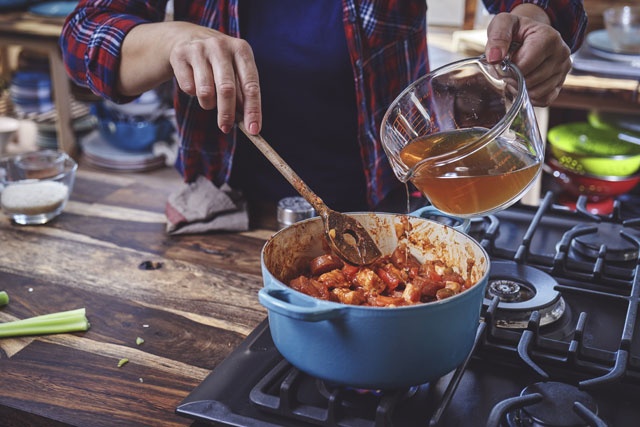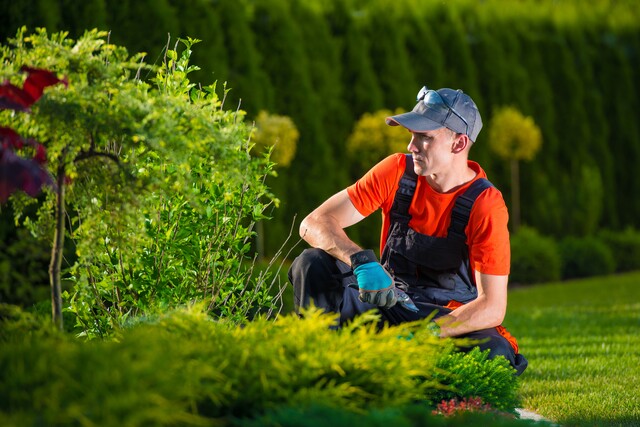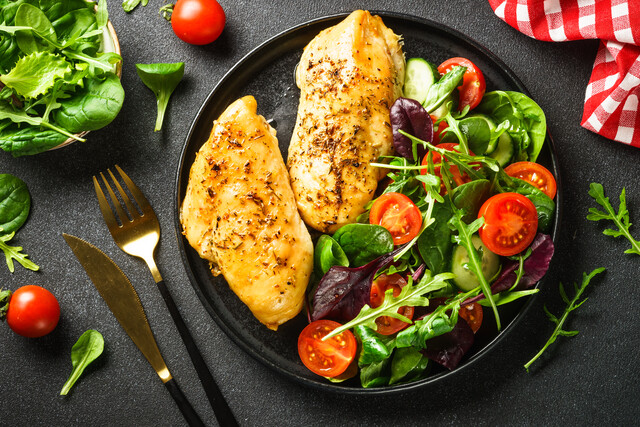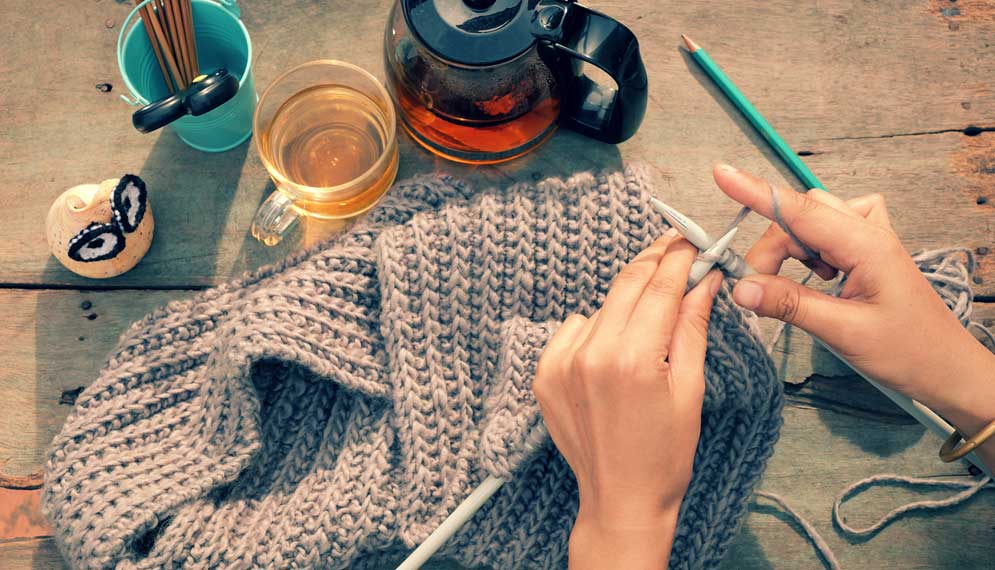Chances are, you already do some sort of freezing of your food. Most of us do. But if you are doing it on a small scale, you may not even realize that you can use freezing on a much larger scale as a way to preserve food. In this article we will go over the basics of freezing as a way to preserve food. In this article you will learn what you can freeze, freezing tips, and how to freeze your foods to maximize freshness.
What Foods Don't Freeze Well
While there are many foods that will do well freezing, there are some that are best avoided. This is because they usually just don't do well retaining their flavor or texture properties. They may thaw out to be soggy, limp, rubbery, or may even separate. Some of the foods that you should avoid freezing include:
-
Cabbage, celery, cucumbers, parsley, lettuce, and radishes
-
Baked or boiled Irish potatoes
-
Cooked macaroni, spaghetti, or rice
-
Cooked egg whites
-
Custard or cream fillings
-
Milk sauces and sour cream
-
Crumb toppings and cheese
-
Salad dressings and mayonnaise
-
Fruit jellies used for sandwiches
-
Fried foods, with the exception of onion rings and French fries
What You Can Freeze
Beyond the list of things that doesn't usually do well freezing, there is a wide range of things that you can freeze to preserve. From individual fruits and vegetables, to entire meals, freezing can be an effective and quick way to preserve food for use at a later time. Just some of the things you may want to consider acquiring in season and freezing for later use include apples, blueberries, peaches, pineapple, strawberries, bell peppers, carrots, peas, corn, and squash.
If you are not sure something will freeze well, don't hesitate to try a small batch of it. Once you thaw it out to use at a later date, you will have your answer right away. If it has changed in consistency or flavor, you will probably want to avoid freezing that type of food or dish again in the future. But if it has still retained a good flavor and texture, then you will know that it is fine to freeze it. Keep in mind that freezing will help to preserve flavor, but it is not going to improve it.
Freezing Tips
Some of the important things you should keep in mind when it comes to freezing foods include:
-
You need to make sure you use proper packaging for all foods that you will freeze. Usually this consists of using either a flexible bag or wrapping, or a rigid container. The bag or wrapping should be freezer safe, easy to mark, durable, and able to protect the food for the duration of freezing. Rigid containers are made out of glass or plastic that can be used in the freezer. The lids should fit tightly and you can add a freezer tape seal if you prefer.
-
When you are freezing food, you will need to leave what is referred to as a "headspace" that allows for expansion after the food freezes. Depending on the size container, that will range from a half inch to an inch-and-a-half of additional space at the top of the container.
-
The length of time that you can store your frozen food varies. For example, processed or cured meats can be stored for up to two months, fish for up to six months, poultry for up to nine months, and fruits and vegetables for 9-12 months at a time.
-
Everything you freeze should be properly labeled with the name of the item, date packaged, etc. You may even want to put how many servings there are, if it is chopped, etc. The more information you know, the better prepared you will be to use it wisely. Foods should be put right into the freezer once you have prepared, packaged, and labeled them.
-
All freezing should follow safe thawing guidelines. It is important that food is kept at proper temperatures, even during the thawing process. Once food is over 40 degrees Fahrenheit, bacteria begins to grow and poses health risks for people when they eat the food. The easiest way to thaw is by putting it into the refrigerator. But this also times advanced time and planning, because it is not a quick process. If you will be using it soon, you can thaw it by using cold water, as well as in the microwave.
-
Most frozen vegetables do well with no thawing at all, meaning you can usually just go ahead and use them in your recipes while they are frozen (providing it is a heated recipe and not a cold one).
Taking the time to do this step will make the vegetables taste much better when you are ready to use them. Blanching times will vary depending on the type of vegetable, but times range from about two minutes up to seven minutes. When you are ready to blanch, do a quick Google search to find the average blanching time for that particular vegetable.
If your power goes out do you know what to do with a freezer full of food? You should, especially if you are going to use freezing as your method of preserving food. If your electricity goes out for an extended period of time, there are some steps you can take so that you don't lose all your food. You may be surprised to learn that some foods can actually be re-frozen to save them!
There are so many things that you will do well with canning. If there is something you have in mind that you would like to can, there is a good chance it can be done! You can always conduct a quick Google search to see if a particular food product can be canned, and find tips and information on how to can that particular item.
Canning fresh produce is a great way to preserve the vitamins, and you can make the foods you are preserving to your taste. So if you are canning soup, for example, and you are on a low sodium diet, you can prepare the soup to your liking and can it accordingly. Unlike the canned soups you will find at the grocery store, your own canned soups will have been prepared to your liking and preferences. The process gives you all the control over how you want your food to taste and be prepared.
The Canning Steps
Canning foods are an age-old way that people preserve food. It works well because it helps to retain the moisture in foods, as it is often the loss of moisture that leads to the food perishing. Effective canning of food includes several stages:
-
Selecting and washing the foods that you plan to can
-
Taking the time to peel some of the fresh foods before canning
-
Doing hot packing for many of the foods you will preserve
-
Adding some sort of acid to the food, such as vinegar or lemon
-
Obtaining, preparing, and using proper canning jars and lids that are self-sealing.
-
Following the proper time periods when using the boiling water or pressure canner routes.
By following these steps you will essentially be removing the oxygen, destroying the enzymes in the food, and prevent the growth of harmful bacteria, mold, and yeast, all of which can make people ill. The canning process relies upon the forming of a high vacuum within the jar, which keeps out the bad, keeps in the good, and preserves the food. It is the tight seal of the vacuum that helps to keep the food submerged in liquid and all the harmful microorganisms away.
Choosing Your Canning Method
You will need to choose between using a boiling water canning method, or a pressure canner. Both methods work differently and you will need to follow all the manufacturer's recommendations on the equipment. Determining which you will use largely comes down to the type of food you are preserving. Those foods that are low in acid (such as meats, poultry, seafood, and vegetables) will need to be canned using a pressure canner. It is recommended that all low-acidic foods be canned by using the pressure canning method.
There are a few types of canning that some people do, but they are not recommended, simply because they are not always effective at preventing spoilage risks. Those methods include open-kettle canning, steam canners, and the process of using canning powders. It is also recommended that you avoid the practice of using the one-piece zinc porcelain lids. This is because they are not always good at sealing, and improper sealing can lead to bacteria growth, including botulism.
Canning Tips
Here are some important tips you should keep in mind when it comes to canning foods:
-
Never store your prepared canned foods near a heat source, such as pipes or a furnace. They should not be in direct sunlight or stored 95 degrees.
-
Never taste any food from a jar that the lid is unsealed or has spoilage signs.
-
Coming into contact with botulism can be fatal, even if it enters through the skin. Therefore, if you come across a jar that you suspect may be spoiled, you should wear rubber gloves and lay the jar on its side in a pan, covered with water, and boil it for 30 minutes to destroy the harmful bacteria. Then, put it into the garbage and dispose of it. Be sure to thoroughly wash your hands and gloves after touching the jar.
-
To get the best quality canned foods you have to always start with the freshest, high quality foods. You should inspect all the food, removing any spots or lesions, before preparing them for canning.
-
The best time to can most vegetables from your garden is within 12 hours of harvesting them. Fruits usually need to ripen for at least a day after they have been harvested.
-
To maintain good color in the food it is important to follow the steps above and remove the oxygen, destroy the food enzymes, and use airtight vacuum jars.
-
As with freezing, you will need to leave a headspace (a space at the top, so you will not put the food all the way up to the rim). This will range from � of an inch to one inch, depending on the type of food you are processing.
-
If you live at a higher altitude, such as above 1,000 feet or more, you will need to increase your boiling times, as the water boils at a lower temperature at higher altitudes. But those lower temperatures that the water is boiling at are not as effective for killing bacteria.
-
You will need to follow the instructions on the type of equipment you use when it comes to boiling and heating times. Whether you use a water canning method, or a pressure canner, each will come with preparation recommendations that should be followed for optimal results.
Baby Food
Purchasing jarred baby food in the store can be expensive. However, there is some controversy about canning baby food and the risk of botulism for infants. In general, we don't recommend you attempt to can your home-made baby food.
Did you know?
Canned foods make for great homemade gifts for holidays, birthdays, and just-because days! You can create your own salsa, chutney, or special jam and give it away as gifts for a special day. Just put a bow around it and attach a little note card. People love to get such thoughtful homemade gifts.
























